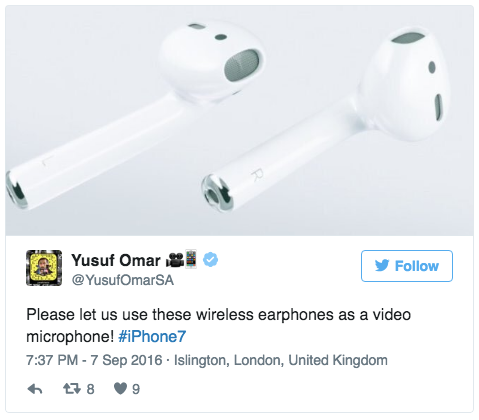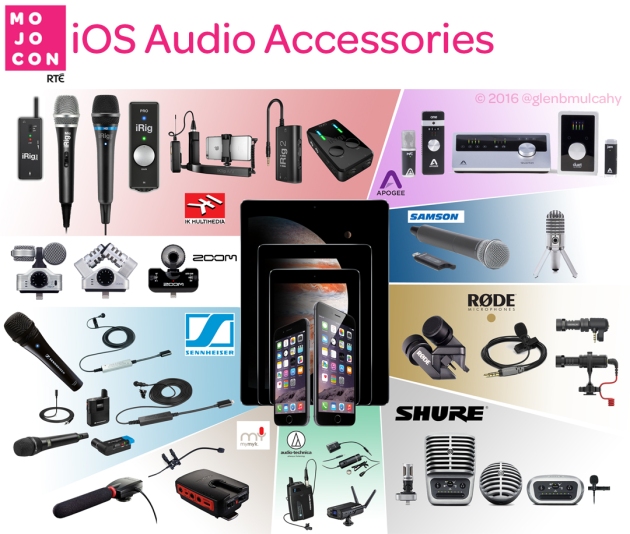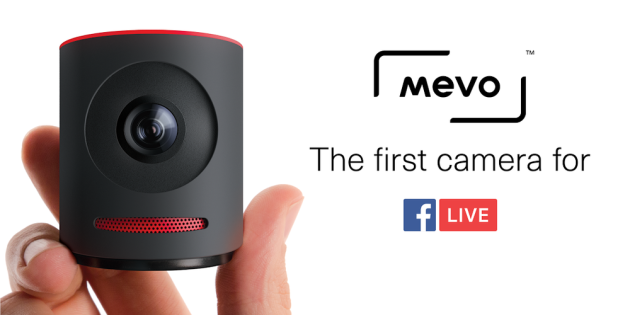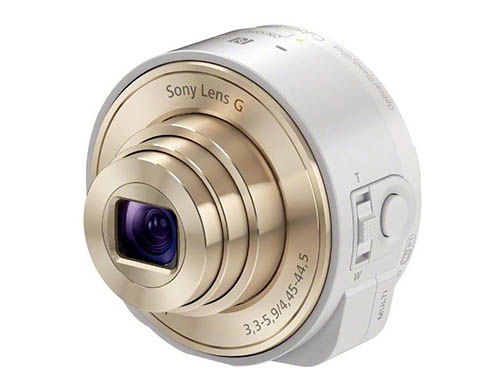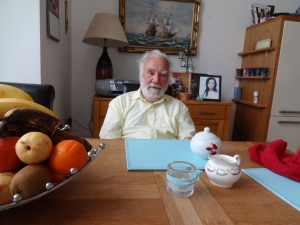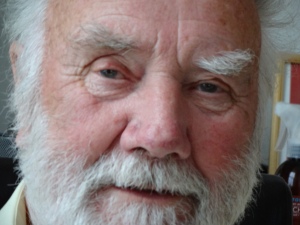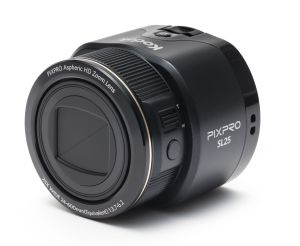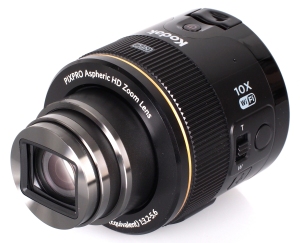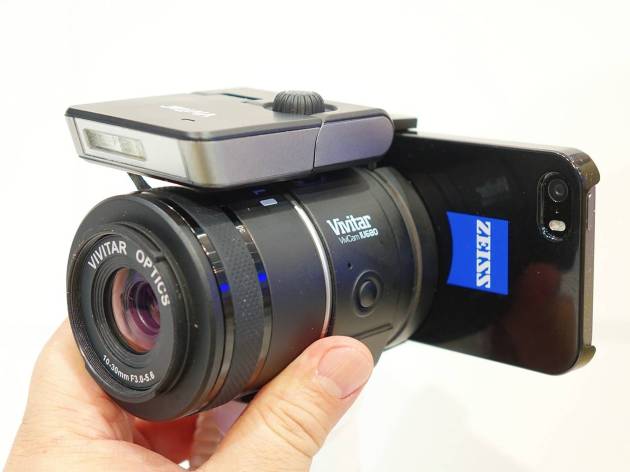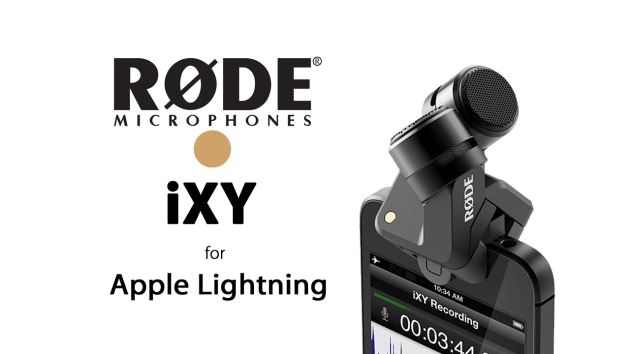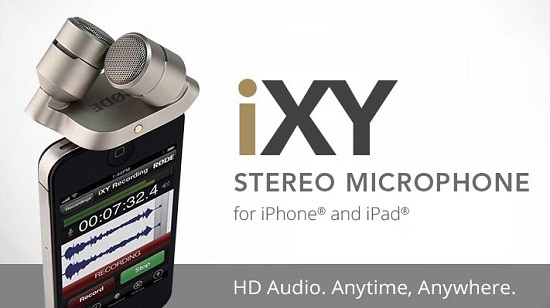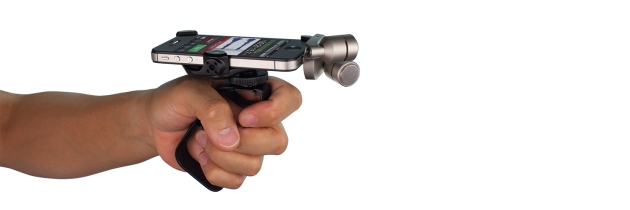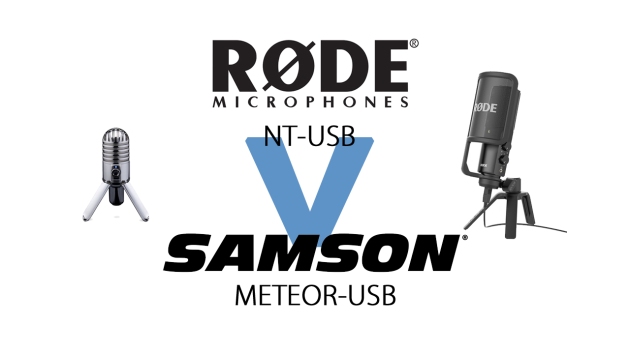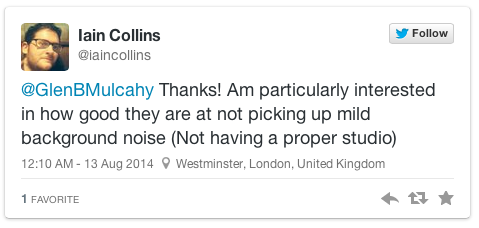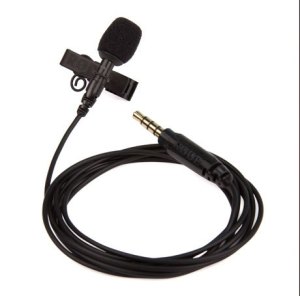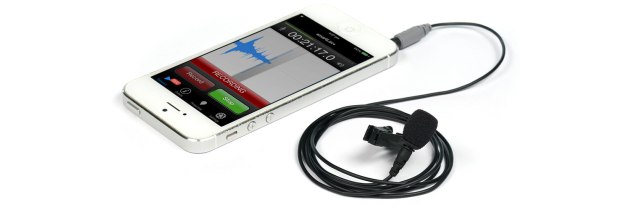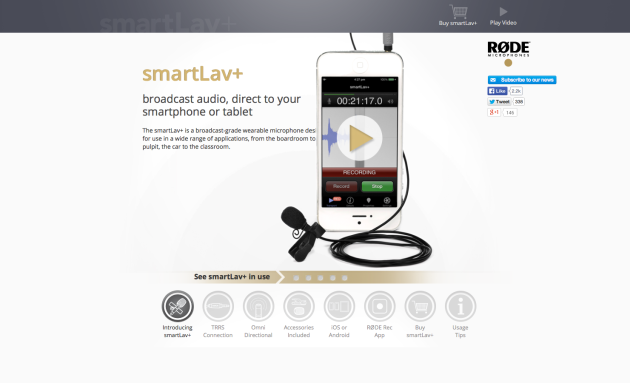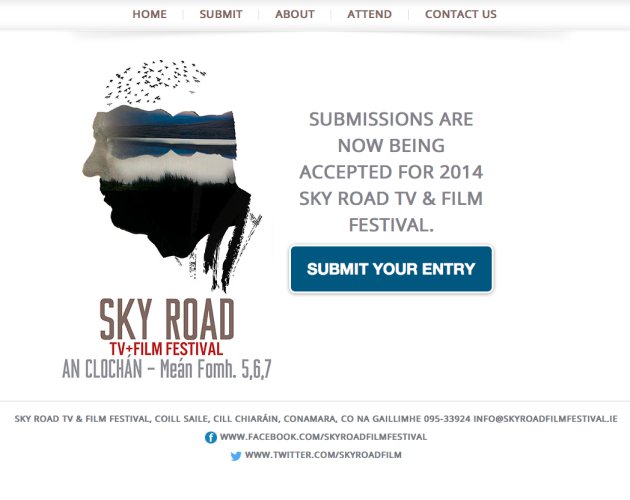A soliloquy on Mojo and 3 burning questions about the iPhone7
September 8, 2016 1 Comment
I am an Apple fanboy. There. I said it. I first used an Apple product when I was in my first year of college and subsequently bought a mac as my first home computer. The last 6 years of my life has revolved around (albeit unintentionally) the Apple ecosystem – particularly iOS. So it should come as no surprise that twice or occasionally three times a year I sit with baited breath to see what the company has cooked up for their next iteration of the iPhone/iPad. Two years ago I was in Paris, having been invited to speak at an EBU Event about Mojo with the fantastic Mark Egan. At the time of the Apple keynote I found myself on a boat, floating down the Seine, surrounded by colleagues and peers who were absorbing the sights and sounds of Paris, while I desperately tried to find a quite spot with 3G so I could watch the launch. Sad? Yes. I was more bloody sad when the iPhone 6 was launched (once again) with just an 8mpx camera – so sad in fact that I seriously considered chucking my iPhone into the river and going to get merrily sloshed on free beer. I didn’t however (toss my iPhone).
Last night I sat in my office in Dublin and patiently waited through what felt like a tedious demo of Pokemon and Mario (I don’t play games) and thought to myself how the iPhone and iPad has impacted and affected, in a positive way, journalism in its many guises. After two years of Mojocon and having had the privilege of training thousands of journalists and content creators on how to make great content with these devices, I am consistently awed and surprised by ingenuity and creativity of people who have fully embraced the potential of mojo and who can see how it will shape the future of news and storytelling.
I get tired of defending my enthusiasm about Mojo. I get tired of people dismissing the quality, useability, potential, versatility, quality (did I say that already?) of Mojo. I get tired of trying to convince people to give it a go when they have become so cynical and blinkered that they fail to realise they are tearing headlong into a wall but refuse to change course.
Here is why…
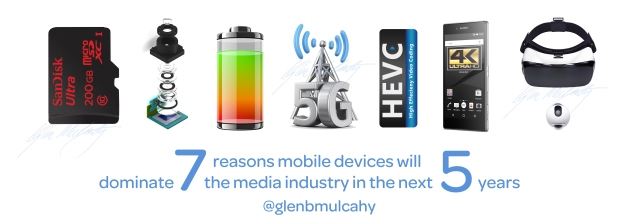
Year on year we see incremental improvements in camera sensors, storage and very soon batteries in smartphones. The competition between Apple and Google / Samsung is a really healthy thing as it drives innovation and continually forces each player to come up with new and exciting technologies. It doesn’t really matter which platform you prefer (iOS/Android) once you are in an ecosystem it becomes increasingly more difficult to switch. I’ve spent hundreds, possibly thousands of Euros on iOS Apps over the last 5 years. If I jump to Android, I start again. Much of the audio accessories I have bought will only work with iPhone as they are lightning/30pin based. So I’m sticking with iPhone Mojo-I think!
We have seen everything from 6 second vines to 1hr 30minute feature films to Live streams being created with smartphones and yet I still get so much negativity about the potential of Mojo.
By 2020, when 5G goes mainstream Mojo will dominate news. The myriad of shareable content that can be made WITH these devices will be shared across a superfast connection TO these devices in an end-to-end ecosystem. One that will sit on top of (not displace) current “traditional” platforms. In time the mobile ecosystem will, I believe begin to erode traditional markets, this will happen mainly when advertisers can figure out a way to LEGALLY target personalised advertising to you via your smart device (its been technically possible for years and is fully exploited, in a limited, way by Facebook, Google etc).
Back to last night.

The advent of the Dual 12mpx cameras on the iPhone7plus is fantastic news for mobile photographers. Not so much for DLSR manufacturers, whos market share will inevitably suffer or companies like Olloclip, Moment, iPro, Moondog Labs and Exolens who have invested their fortune in lens accessories for iPhone.
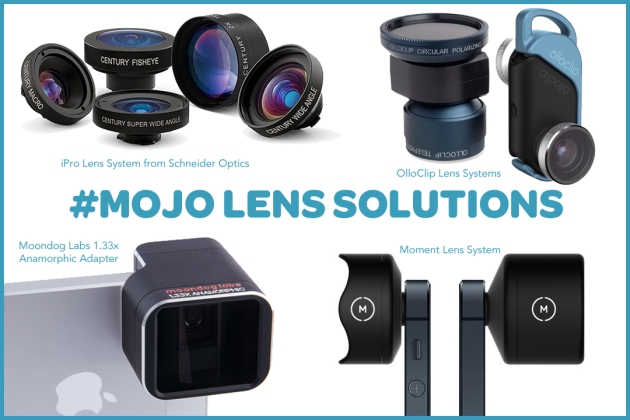
The shallow depth of field photograph shown during the keynote was impressive, it did look like a shot taken with a large chip dslr on a fast prime lens but it also played to the trick you can use to pull focus with the iPhone: Maximise separation between the foreground and background, have one subject within 12″ of the iPhone and the other “far away” So the Bokeh effect in the image was an enhanced version of that and also took advantage of the f1.8 / f2.8 Apertures of the new cameras. However one burning question which I tweeted but still don’t have an answer for is: Can the “portrait” mode be used when shooting video? My guess is no as it will be very processor intensive but with a quad core chip with 3Gb ram maybe (and hopefully) I’m wrong.

The departure of the headphone socket seemed to dominate twitter last night and I get why people are upset, though Apple’s inclusion of a Lightning to TRRS socket with the iPhone 7 should appease most, it does raise yet another big question: Can you use an adapter to charge the iPhone while using a lightning based accessory? This IS a big deal for mojo. Battery life is one of the single biggest challenges with shooting HD, 4K even more so. If I am using my device for live-streaming (Periscope | YouTube | Facebook Live) then being able to supply power and an external mic is a pre-requisite. I REALLY hope Apple has given this some thought… A Lightning DUO would solve the problem if the actual Lightning protocol can support audio in/out and power simultaneously.

Mojo is growing, the accessories, particularly audio accessories, are getting better and adoption is spreading fast but this single move could put a coach and fore through the evolution of Mojo. However this post that my colleague John Lannigan shared, suggests that it is technically possible…http://www.theverge.com/2016/9/8/12846162/apple-iphone-7-charge-listen-to-music-same-time-lightning-dock

Lastly wireless. The Airpods are intriguing (but expensive @ €179). Going wireless is definitely a trend. All the big audio companies, Sennheiser, Shure, Bose, Beats etc etc are pushing wireless headphones to market. Apple’s W1 proprietary wireless chip may make its way into the MFi production chain which *COULD* see a selection of new iOS wireless microphones appear in the next few months, which would be very exciting. In the interim however I want to know: Can the new lightning based headphones act as an external camera remote AND mic as per the now obsolete TRRS ones and also, can the Airpods function as wireless microphone(s) when shooting in video mode? If so this would be a BIG step forward for “out of the box” Mojo.
HT to Yousef Omar who twigged this 13 minutes before me last night!
I will probably have to wait until 13th September for answers as thats when people will start to get their hands on the new iPhones but one more thing…
I really surprised that there was no mention of VR. When companies (rivals) like Google, Samsung, Facebook etc are ploughing millions into VR it is somewhat shocking that Apple have effectively ignored the tech. There is already a 360 plug-in camera for iPhone: the Insta360 Nano 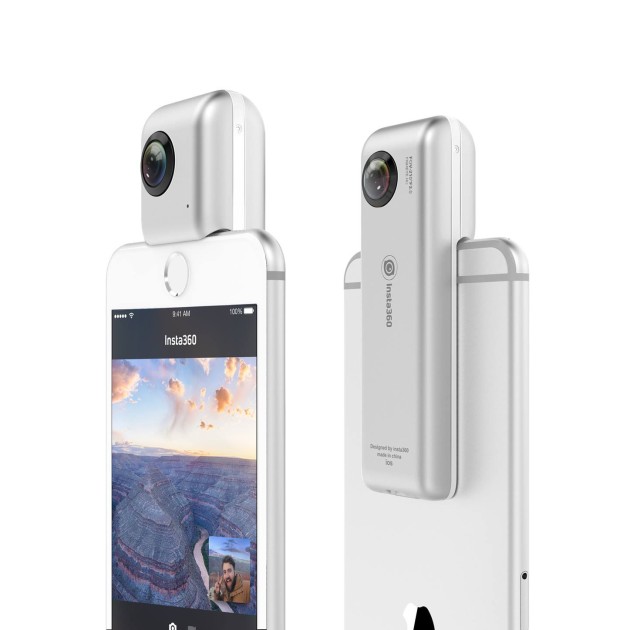
All Apple need to do to *start* their journey into VR is:
1. Up the display quality to surpass Retina
2. Add a VR/HMD platform to the MFi programme (or make their own)
3. Make Apple Watch a motion controller for interactivity
4. and support the 360 metadata required to tell YouTube that video is in fact 360.
I’ve shot with the Insta360Nano, copied the equirectangular footage to the cameraroll, edited it in HD in iMovie (have yet to try 4K on the 6S+) and uploaded to youtube but the problem is there is no step in this workflow to reinject the 360 metadata.
Paul Gailey who was a moderator at Mojocon2 has even built and App (which was launched at the conference) to do this called VRFIX but it is still not available for iOS, though it is for Android.
Rant over.
